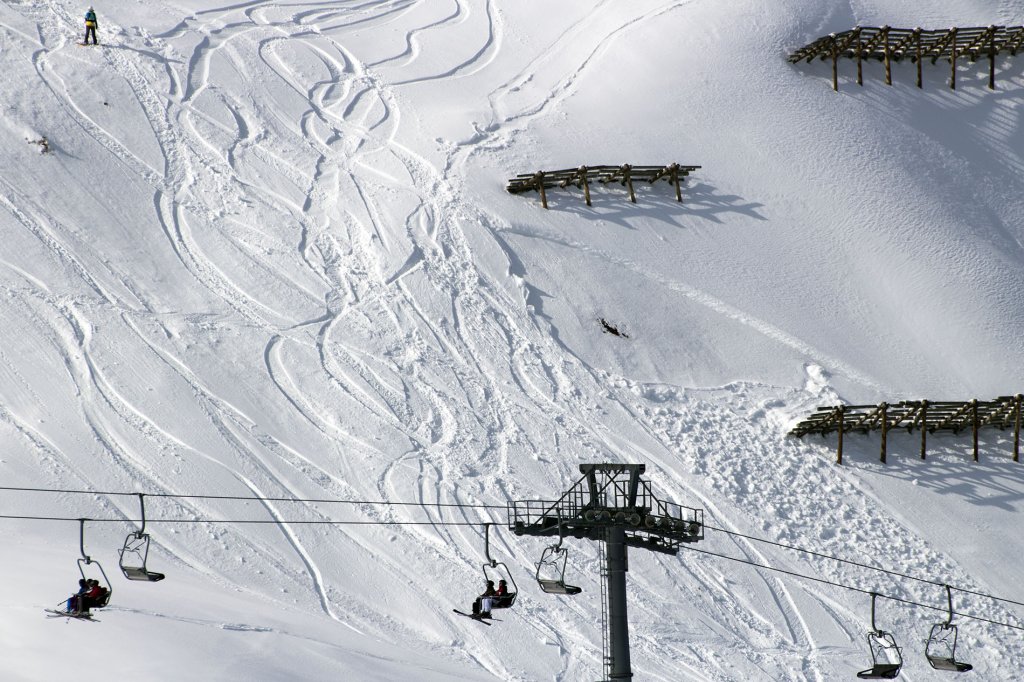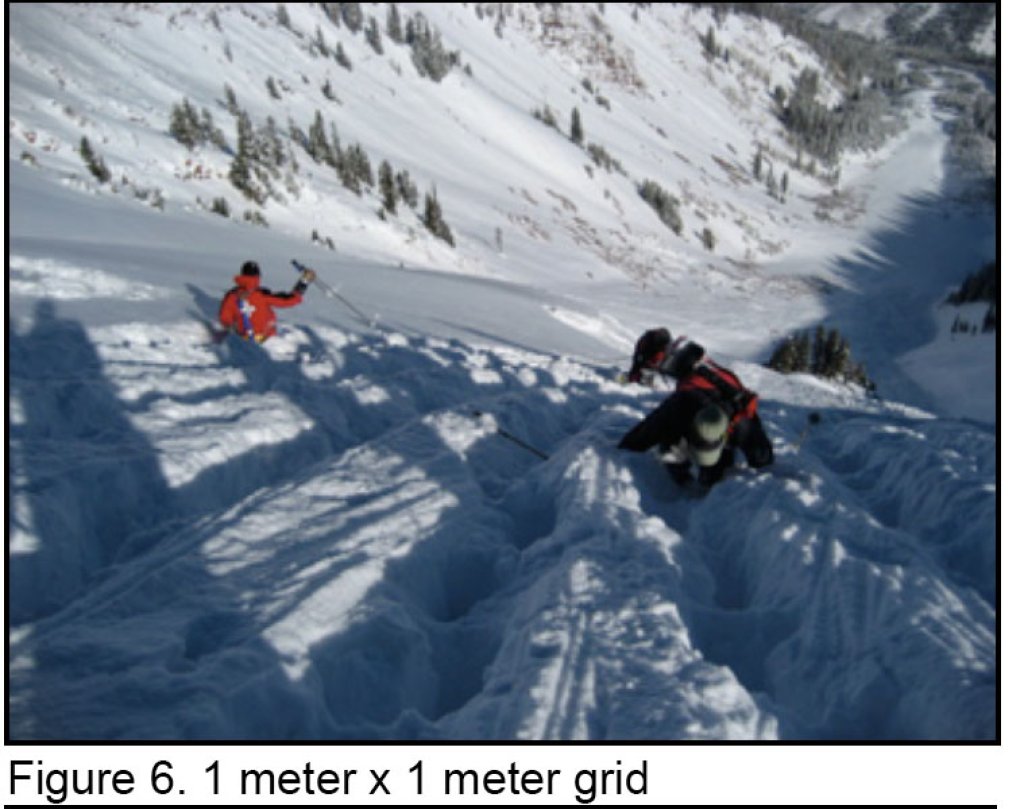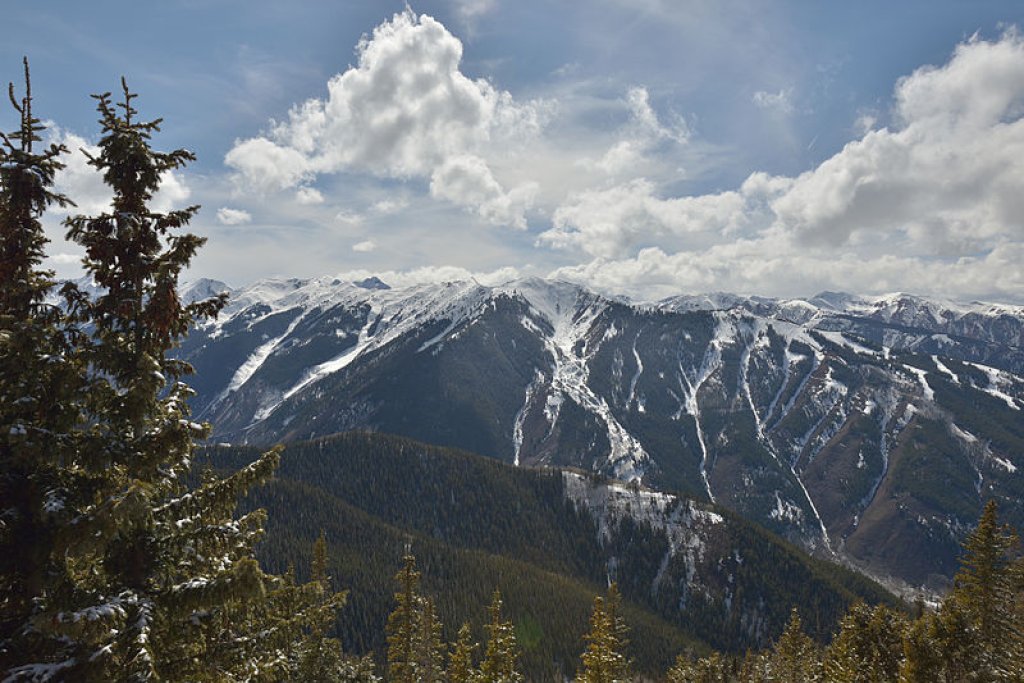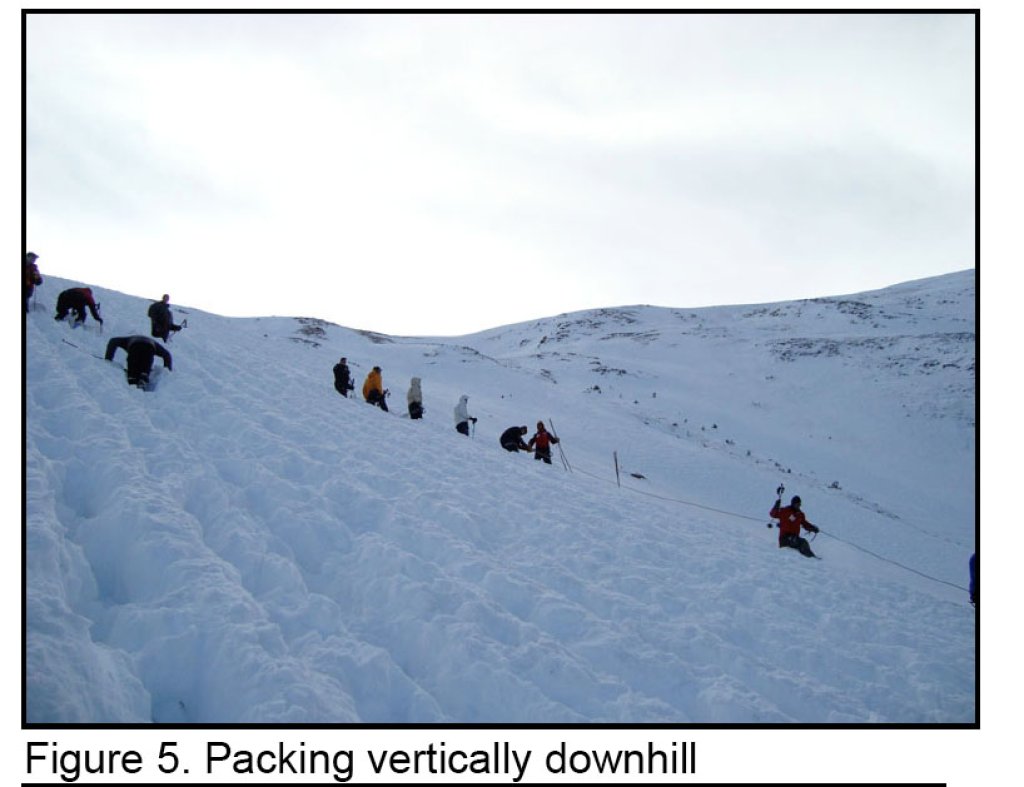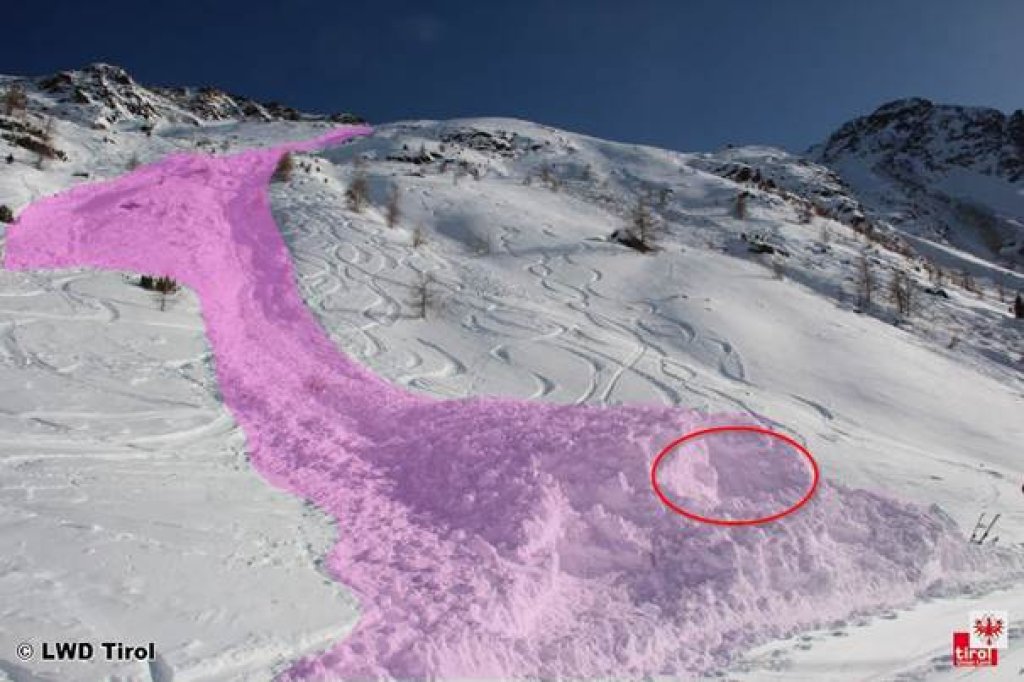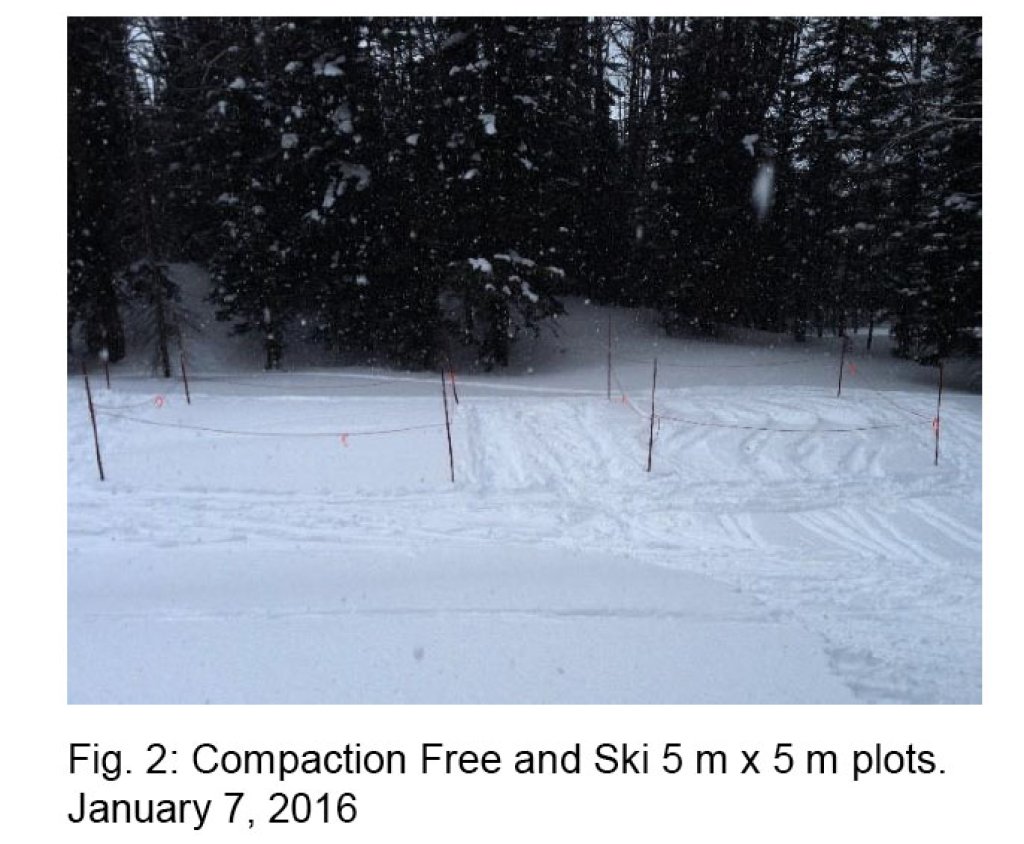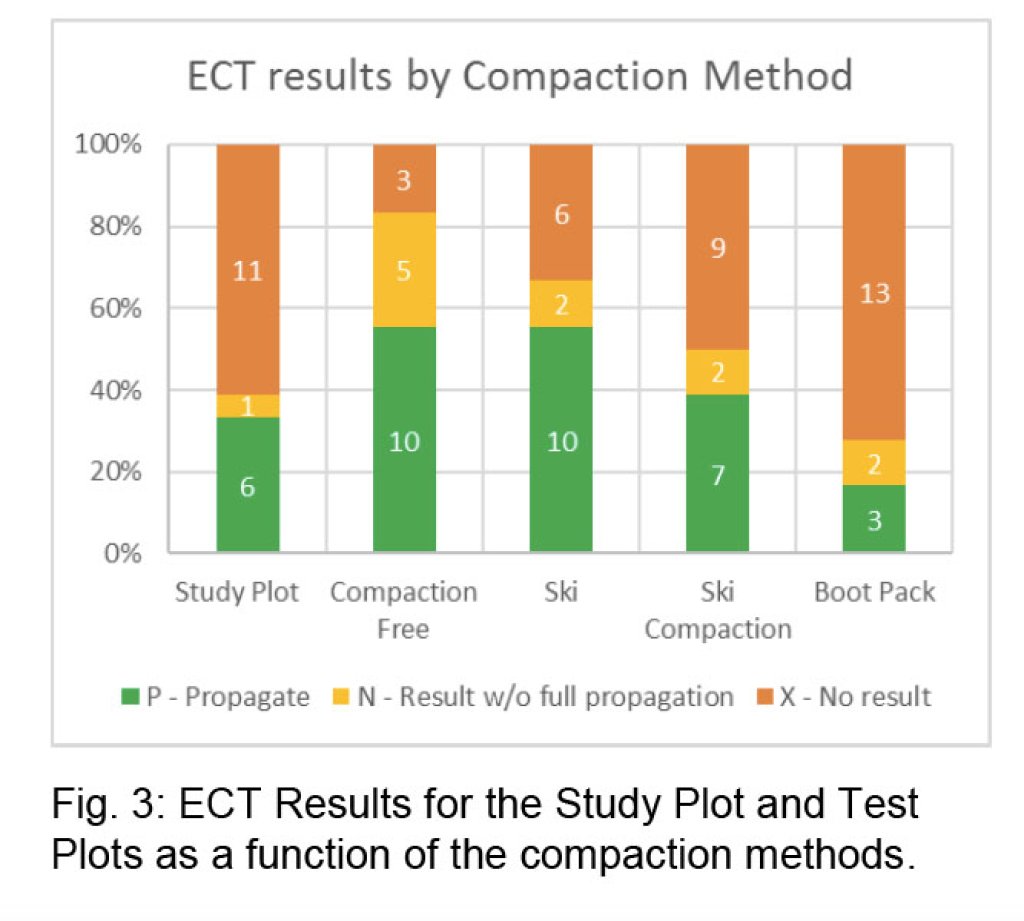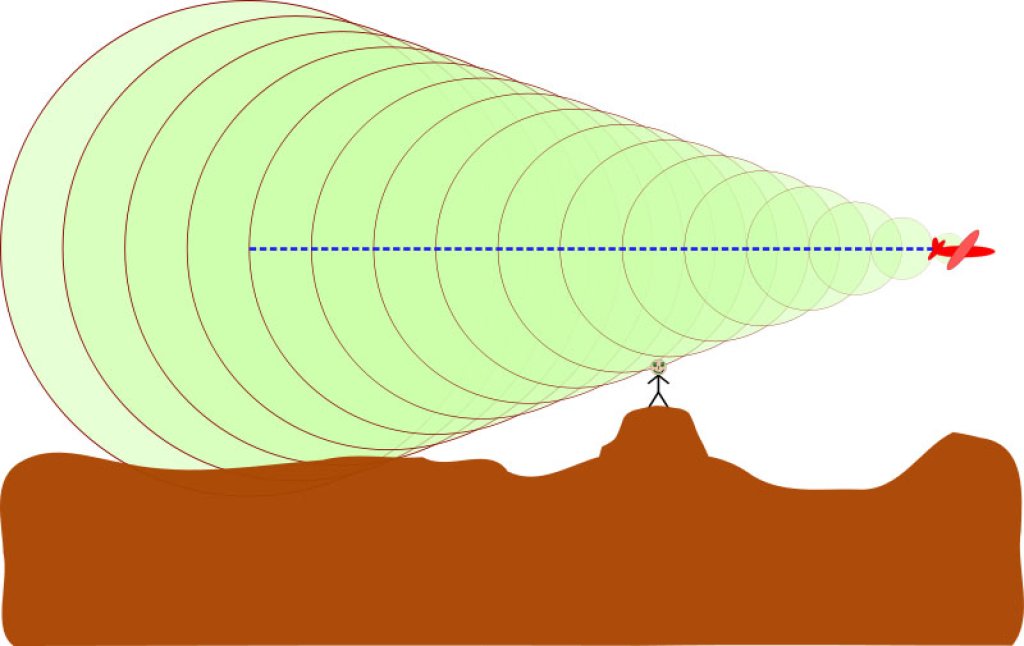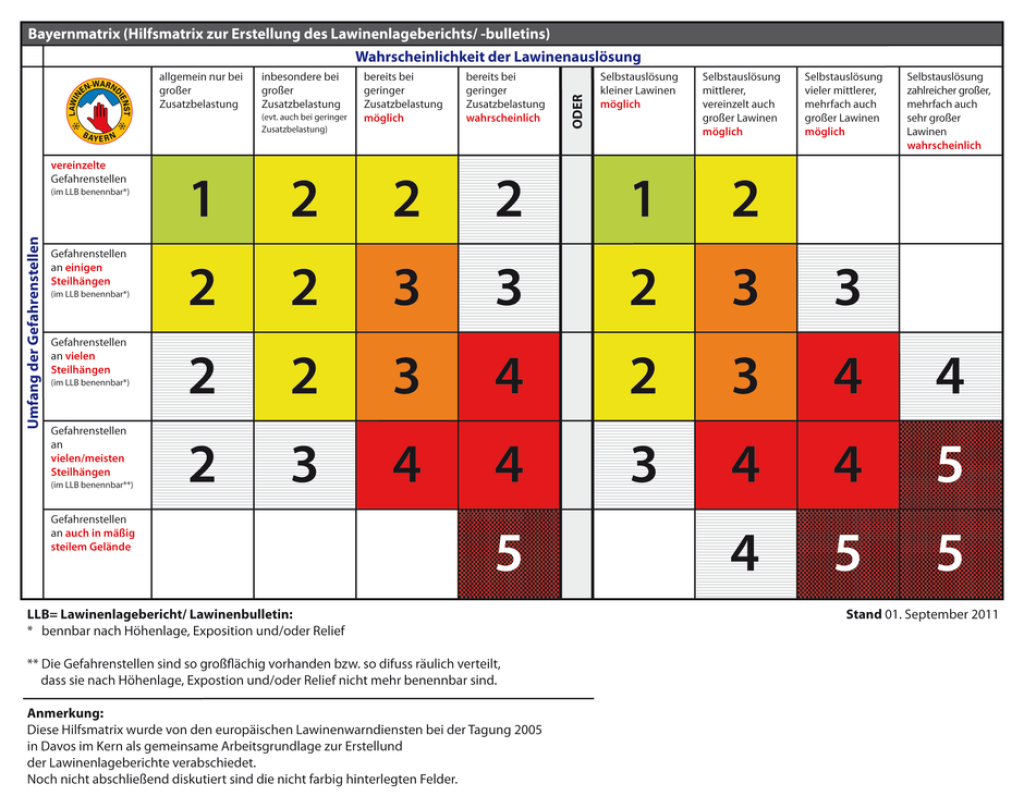If you leave the secured pistes and ski routes in the Alps, this is a decision for which you are responsible, along with the potential consequences. Even if you are buried just 3 meters from the piste in the open ski area, it is generally not the ski resort's fault. Although the ski resorts go to great lengths to secure the slopes and infrastructure and, of course, also break avalanches in the open ski area, no guarantees are given for safety beyond the boundaries of the slopes and ski routes.
In the USA, things are different. The responsibility of the ski resorts here does not end at the edge of the piste, but at the boundary between "inbounds" and "out of bounds" terrain. The latter is not part of the ski area and is not secured. The former, on the other hand, is part of the ski area and is secured, but not necessarily groomed. Many resorts have a lot of inbounds terrain, some of it very challenging, which is secured against avalanches and does not require pistes. Often everything that can be reached from the lift without an ascent is inbounds. This terrain can be closed by the ski resort (if you ski in anyway, you could have your ski pass revoked, for example), but if it is open, the ski resort largely assumes responsibility for ensuring that no one is buried there.
The bootpackers of Highland Bowl
In 1994, the Aspen Snowmass ski resort in Colorado decided to expand the ski area to include Highland Bowl. Highland Bowl is an extensive basin near the lifts with large, open slopes and wooded terrain on the sides. Colorado's climate is very continental - cold and relatively dry. Long-lasting old snow problems are inevitable and occur almost every winter.
In order to integrate Highland Bowl into the ski area, an area of around 49 hectares with average gradients of between 37° and 42° and the most unfavorable snowpack structure imaginable had to be secured in such a way that visitors do not have to worry about avalanches. Levelling the entire basin to create pistes was out of the question. The terrain was to offer secured deep snow fun.
